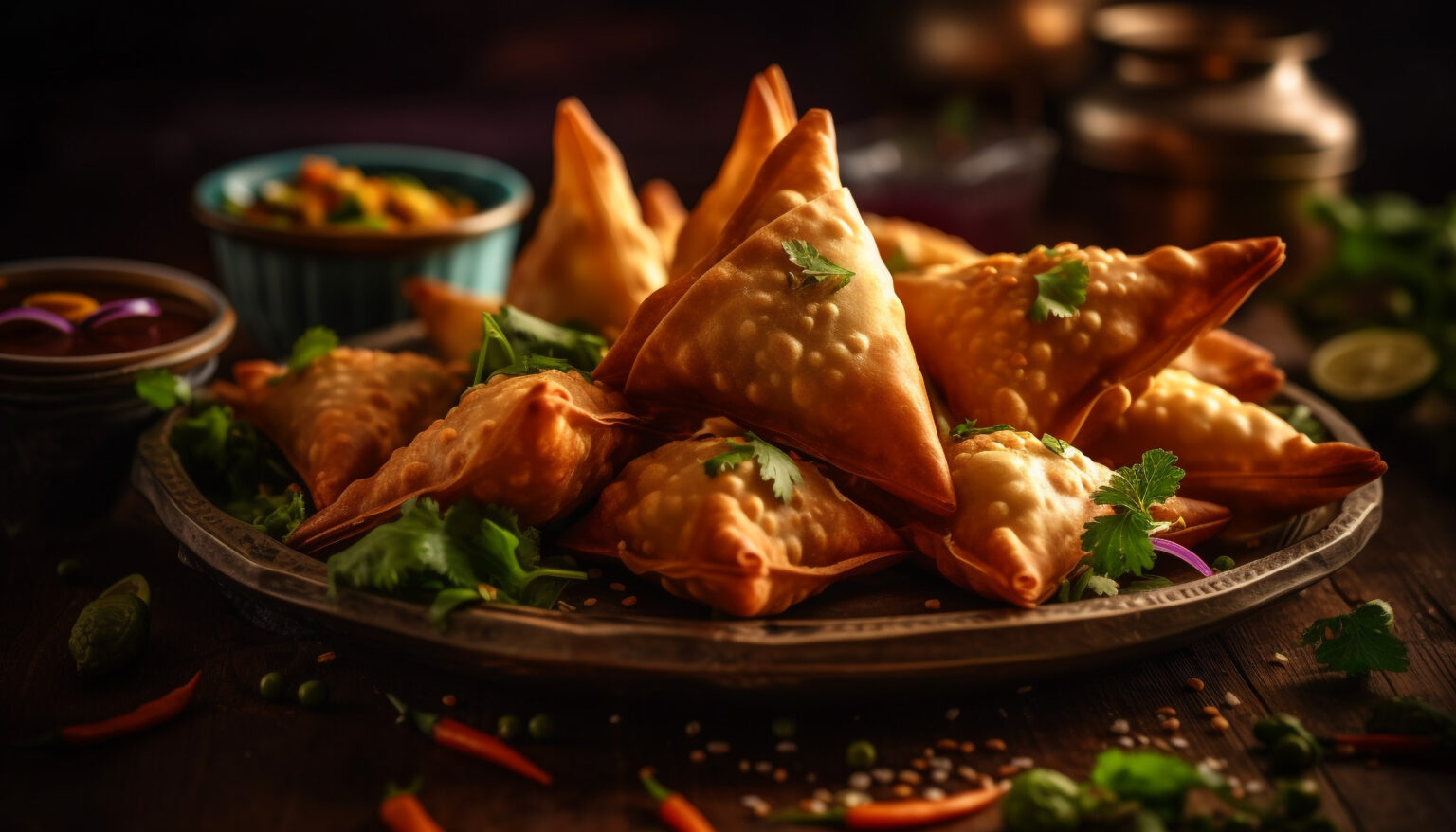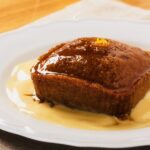Canjeero, also known as Injera, is a staple food in Somalia.
This spongy, pancake-like bread is made from fermented teff flour, a gluten-free grain.
It serves as a foundation for many Somali meals and is central to the countrys dining traditions.

Suqaar is a popular meat dish in Somalia, made with thinly sliced beef, goat, or chicken.
Suqaar is often accompanied by rice, pasta, or Canjeero.
Bariis, meaning rice in Somali, is an essential component of Somali cuisine.

Bariis is often adorned with vegetables, meat, or fish, creating a delightful one-pot meal.
Somali-style pasta is a fusion dish that reflects the Italian influence on Somali cuisine.
This unique blend of flavors creates a comforting and hearty meal that is widely enjoyed across the country.

Muufo is a traditional Somali flatbread made from cornmeal or sorghum flour.
It is dense and slightly sweet, with a distinctive taste.
The beans are slow-cooked with onions, garlic, and a blend of spices until tender.
Cambuulo is often served with rice or Muufo, providing a nutritious and satisfying meal.
Xalwo, or Halva, is a popular Somali dessert enjoyed on special occasions.
It is a sweet confection made from semolina, sugar, ghee, and flavored with cardamom or rosewater.
Xalwo is often garnished with nuts and served in small, colorful squares.
The batter is left to ferment overnight, resulting in a tangy and slightly sour taste.
Lahoh is typically rolled and served with butter or honey, making it a delightful breakfast or snack option.
Malawah is a flaky, layered flatbread that is a favorite breakfast item in Somalia.
Influenced by Indian cuisine, Somali-style sambuusas are often triangular in shape and bursting with flavor.
They are commonly served as appetizers during festive gatherings or as a quick snack.
Somalias culinary landscape is a fascinating blend of flavors, ingredients, and cultural influences.